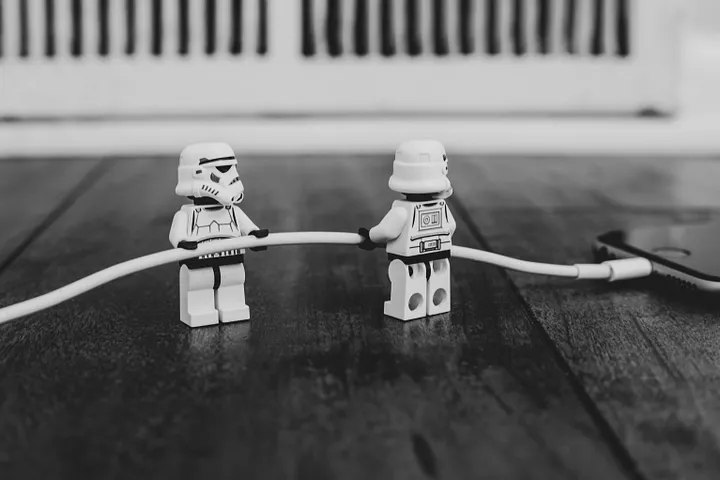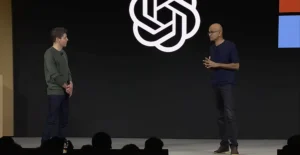Almost all of the most recent flagship smartphones today offer some kind of rapid battery charging.
In the process of marketing their newest products, manufacturers frequently make use of phrases and statistics such as “80% in 30 minutes” or alternatively “100% in just an hour.”
The rapid adoption of fast charging technology is the result of the increasing use of smartphones, with many people needing to recharge their phones twice per day.
We all know that the size of smartphone screens continues to increase year after year, and their batteries must also increase in size in order to meet the increased demand for power.
It’s because fast charging can provide more power in a shorter amount of time. If we didn’t have fast charging, we’d have to wait hours for our phones to reach total capacity.
At its most fundamental, fast charging is nothing more than an increase in the total number of watts (W) that are supplied to the battery of a mobile device.
Standard USB ports deliver 2.5 watts to the device that is connected to them, but faster chargers can increase this amount.
Devices of the current generation typically come equipped with power bricks rated at 15W right out of the box. Some manufacturers make chargers with 50W, 80W, and 100W outputs available.
It is as easy as the end-user plugging their phone into a fast charger compatible with their device. On the other hand, for manufacturers, the solution is not as simple as employing a power brick with a higher wattage.
Does fast charging damage the battery?
Short answer: No
Now that fast charging is available for smartphones on such a large scale; we have a few questions:
Is it possible that using a charger with a high capacity could reduce the amount of time the battery in your phone lasts?
Is it possible that using it for an extended period of time will reduce the amount of power your phone can store?
What exactly causes your phone’s battery to experience unnecessary wear and tear, and how does that happen?
Rechargeable lithium-ion batteries are used in all mobile smartphones, as well as the vast majority of other consumer electronics and electric vehicles.
Because battery technology hasn’t advanced much in the past few decades, developing batteries with a longer lifespan is a complex and time-consuming task.
A standard charger will have an output of between 5 and 10 watts. That could be improved by up to eight times with a more rapid charger.
For instance, the iPhone 11 Pro and the iPhone 11 Pro Max include a fast charger rated at 18 watts, whereas the Galaxy Note 10 and the Galaxy Note 10 Plus are packaged with 25-watt chargers.
A super-quick 45-watt charger can be purchased from Samsung for $50.
However, using a fast charger on your phone won’t cause any long-term damage to your phone’s battery unless there is a technical flaw with either the battery or the electronics of the charger.
Charging process
Two stages are involved in the charging process for batteries that can be charged quickly.
In the first step of the process, a voltage surge is applied to a battery that is either completely depleted or very close to being depleted.
Within the first ten, fifteen, or thirty minutes of using it, this gives you a blazing charge of between 50% to 70% of the battery’s total capacity.
It’s due to the fact that when batteries are in the beginning phase of their charging process, they are able to rapidly absorb a charge without causing significant damage to their long-term health. It allows them to retain their capacity for a more extended time.
A battery by definition is a collection of cells. So the cell is a little can of chemicals. And the challenge is taking a very high-energy cell, and a large number of them, and combining them safely into a large battery. — Elon Musk
If everything on the inside is well-managed, there will be very little damage.
Because the management system of a battery keeps a close eye on the two charge phases and slows down the charging rate during the second phase, it can take up to 10 minutes to get those last few percentage points.
It is not possible to overcharge your battery.
Anxiety among people who owned smartphones used to be caused by overcharging.
When a phone is left plugged in all night, there is a risk that the battery will be charged beyond its capacity.
This can cause the battery to become unstable, which can shorten the overall life of the battery, or it can cause the battery to overheat, which can result in the battery exploding or catching fire.
However, according to the professionals that we consulted, the management system of a battery is intended to cut off the electrical charge once the battery reaches one hundred, thereby preventing the battery from being overcharged.
Thank you for reading; follow me and clap a couple of times.




